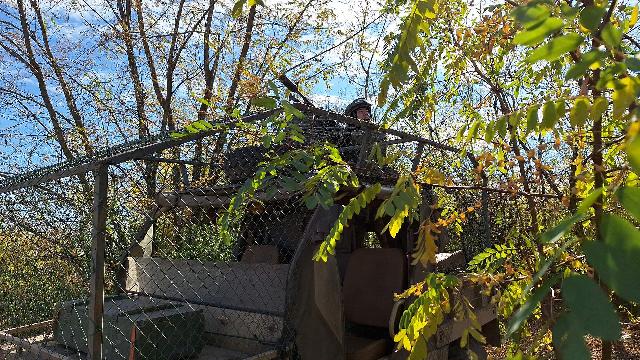Fighters of the Center group repel attacks by Ukrainian drones and improve air defense tactics.
Aerial weapons are becoming key for the enemy, so the increased burden falls on the shoulders of our air defense calculations. Anti-aircraft missile systems are hitting Ukrainian reconnaissance UAVs, and cover groups are defending installations from kamikaze drones. Izvestia saw how the Tor-M1 air defense system of the Center group of forces worked, and witnessed the unsuccessful "hunting" of a Ukrainian barrage munition, which flew several hundred meters from the position of the fighters and was subsequently destroyed.
The Barraging Ghost
— Most often we work on reconnaissance types of UAVs: Leleka, Furia, as well as PD-2 attack UAVs. A Shark-type drone was spotted today, reported to the command, and it was destroyed. There is nothing complicated here: we go to the position, turn on, the car sees everything, immediately take the target for capture and destroy it with one missile. We consider this goal to be simple," says Stanislav Logachev, commander of the Tor—M1 crew.
Stanislav considers Poseidon UAVs to be the most difficult large aerial objects, which, thanks to a hybrid scheme, take off and land vertically, can hover over the target or hide behind the terrain. Devices of this type pose the greatest threat to protected facilities.
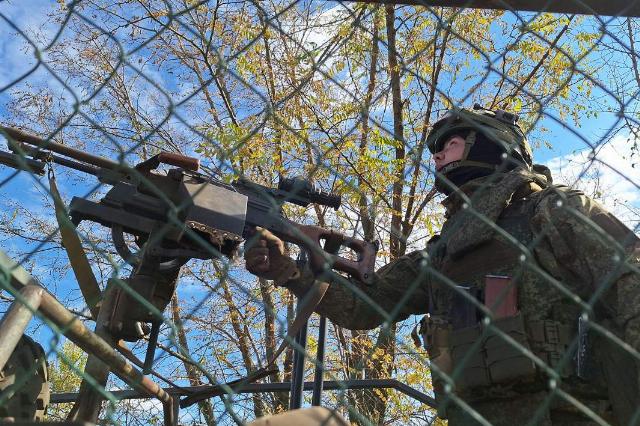
Photo: IZVESTIA/Dmitry Astrakhan
Image source: iz.ru
However, the most intense combat episodes occur when the enemy begins hunting for the anti-aircraft guns themselves, trying to clear a path for attacks in the deep rear. Therefore, kamikaze drone raids pose the greatest threat.
A cover group has been deployed around the camouflaged Thor. A machine gun with a thermal imager is mounted on the light SUV, and the group's fighters and the crew themselves are armed with automatic rifles with thermal imaging and optical sights. The wings, an airplane—type UAV, are flying over us. There are reports with the names of the models — these are their own.
The Tor driver tells us that before the mobilization, he worked as an educator at a child care center and always visits former wards when he comes on vacation. At this point, the monotonous buzzing becomes louder than the sound of passing vehicles. A minute later, a loud shout is heard: "Switchblade," and several machine guns at once give short bursts of target designation to the machine gunner.
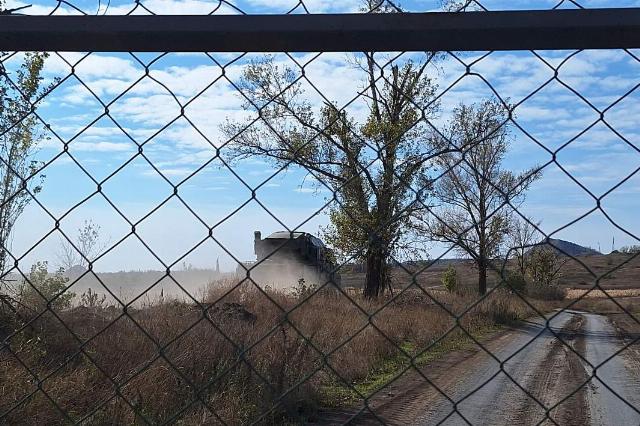
Photo: IZVESTIA/Dmitry Astrakhan
Image source: iz.ru
Switchblade (translated as "folding knife") is an American container—launched barrage munition, which got its name because of two pairs of folding wings. In 2022, the Ukrainian military had high hopes for the supply of these weapons, but they failed miserably. It turned out that kamikaze drones made for use in third world countries with civilian navigation systems do not overcome electronic warfare. After two years of upgrades, these UAVs were sent back to Ukraine to gain experience, without making loud pretentious statements. Heavy modifications of this UAV with a tandem shaped charge, like the Javellin anti-tank missile systems, and target acquisition systems are used to hunt for particularly valuable targets, in particular air defense installations.
New defense tactics
The high-speed Switchblade does not notice the Thor and goes off in search of its target over the hills. But this is not a reason to relax: he may well come from a different direction. The crew was waiting in case the drone returned. A machine gunner in the back of an SUV keeps an eye on nearby heights, from where a barrage of ammunition may suddenly appear.
From the headset of the walkie-talkie on the car frame and the receivers on the bulletproof vests, a leapfrog of roll calls between observation points and positions can be heard. A "missile danger" signal is transmitted through one channel along the chain and reception is reported. According to the second, the anti—aircraft gunners exchange data on the direction of the target's flight and report on their readiness to open fire.
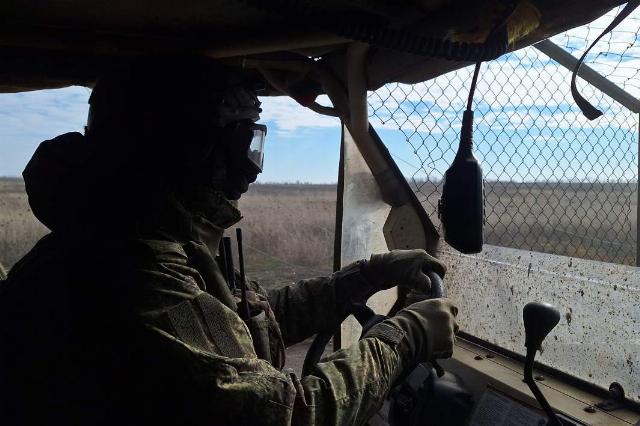
Photo: IZVESTIA/Dmitry Astrakhan
Image source: iz.ru
The task of the calculation is clear: once a barrage of ammunition has flown over the position, it means that it has become known to the enemy, and it must be changed at the earliest opportunity, and until then, continue the defense. Soon, the command to withdraw was transmitted over the radio, since the ammunition was no longer nearby.
— He walked 200 meters away from us. This has happened many times in three years: they were shot down with small arms and kamikazes, and the scouts have experience. I was in the army for the fourth year, I was a civilian service mechanic, I serviced equipment, and here I also do what I need with my own hands," says Junior Sergeant Viktor Pavlov, commander of the anti—aircraft squad covering the combat vehicle.
He explains that new tactics to protect against modern aerial targets are being developed directly in combat, as threats are constantly changing, and not everything can be based on old techniques.
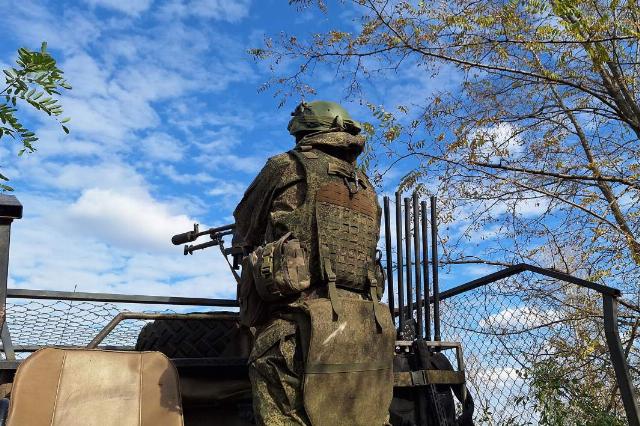
Photo: IZVESTIA/Dmitry Astrakhan
Image Source: iz.ru
Behind the machine gun is Viktor's comrade, Dmitry Yevgrafov, who was a driver before the mobilization, and with whom they have been serving for three years. He does not take his eyes off the sky and smiles when he hears the praise for the well-made turret. Soldiers who are accustomed to technology even have a casing for casings and tapes so that they do not interfere with movement in the body.
After a couple of minutes, the radio receives a command to change the position of the air defense system — to go to a backup, which the enemy does not know for sure about. The combat vehicle, accompanied by an off-road vehicle, takes off. As they drive, a "double" explosion is heard in the distance: the detonation of an anti-aircraft missile at the target and the detonation of the warhead of the affected drone. It was the Switchblade that was destroyed by another air defense system, which never found its target.
Dmitry Astrakhan
